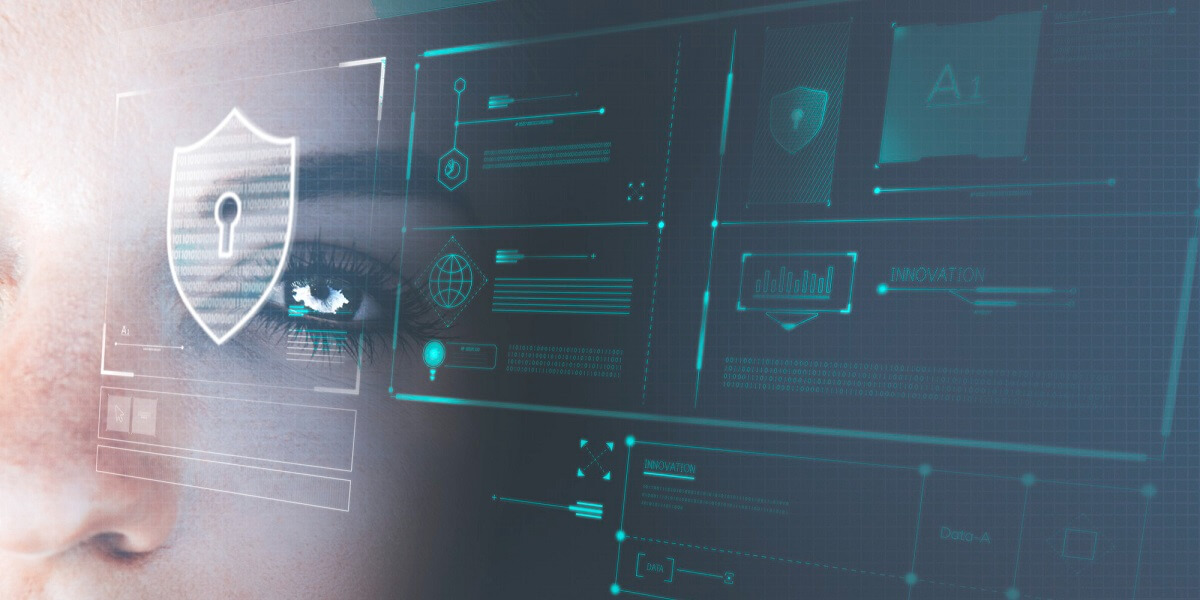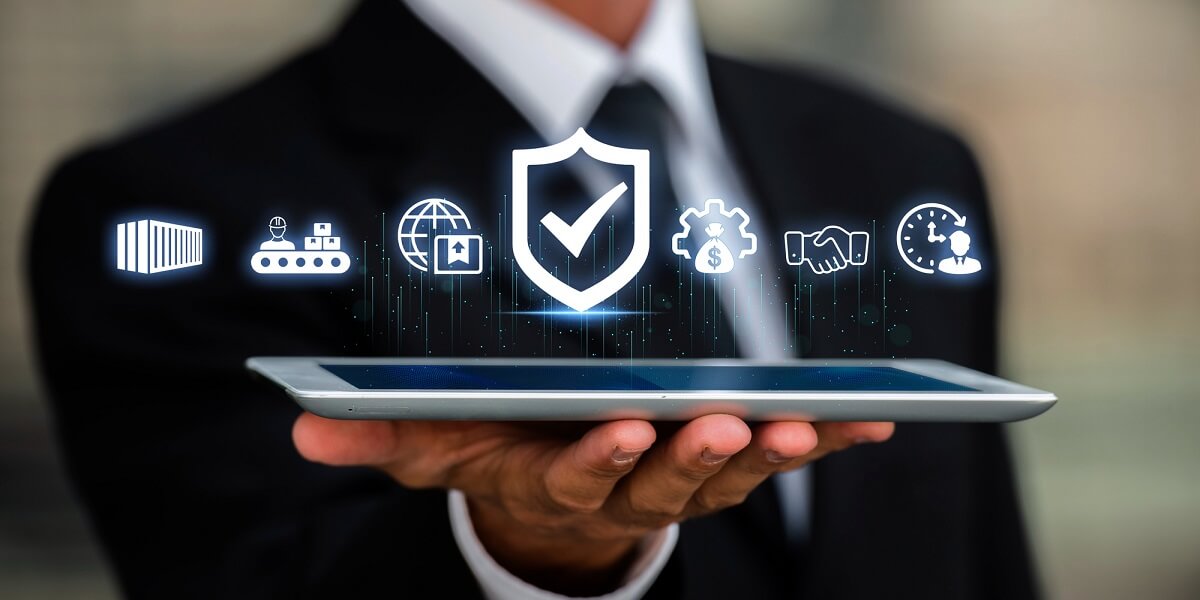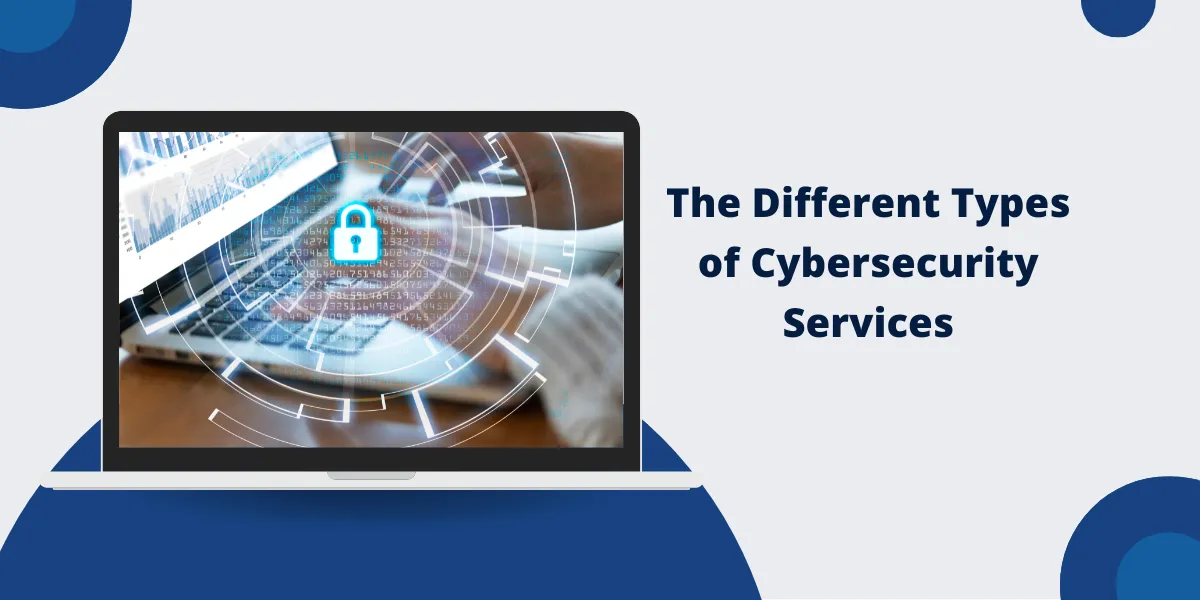What Are Cybersecurity Services?
Cybersecurity services protect computers, networks, and data from digital attacks. These services include network monitoring, threat detection, and security system management. Companies use firewalls, antivirus software, and encryption tools to block hackers and malware. Security experts perform regular system scans, update software patches, and respond to security incidents.
Organizations need these services to safeguard customer information, financial data, and business operations. Key services include risk assessment, compliance management, employee training, and incident response planning. Small businesses and large enterprises use cybersecurity services to prevent data breaches and maintain secure digital operations.
Key facts:
- The worldwide spend for security services totals a figure of 90 billion dollars by 2024
- About 1,876 cyber-attacks are faced by organizations per week
- Breaches cost an average of 4.88 million dollars.
8 Different Types of Cybersecurity Services
- Managed Security Services (MSS)
- Network Security Services (NSS)
- Endpoint Security Services (ESS)
- Cloud Security Services (CSS)
- Incident Response Services (IRS)
- Vulnerability Assessment and Penetration Testing (VAPT)
- Security Awareness Training Services (SATS)
- Compliance and Risk Management Services (CRMS)
1. Managed Security Services (MSS)

Core MSS Components of MSS:
- 24/7 security monitoring and alerting
- Advanced threat detection and conducting analyses
- Incident response
- Taking care of security devices
- Compliance report
Types of Managed Security Service Providers
| Provider Type | Description | Best For |
| MSSP | Managed Security Service Provider: Full outsourcing | Small to medium businesses without internal teams |
| Co-Managed | Hybrid model with shared responsibilities | Organizations with existing security teams |
| MDR | Managed Detection and Response: Advanced threat hunting | Enterprises requiring sophisticated threat detection |
2. Network Security Services (NSS)

Important Network Security Services:
- Firewall Management: Configuration and monitoring of network firewalls
- Intrusion Detection and Prevention (IDPS): Real-time threat identification
- Virtual Private Network (VPN) Services: Secure remote access solutions
- Network Access Control: User and device authentication
- DNS Protection: Blocking malicious domains and websites
Network Monitoring Services:
- Threat detection in real time
- Decreased incident response time
- Complete traffic analysis
- Automatic blocking of threats
- In-detail security reporting
3. Endpoint Security Services (ESS)

Modern endpoint security uses AI and machine learning to detect threats quickly. Companies need this protection because employees work from many locations and use different devices. The software monitors all network entry points, stops unauthorized access, and prevents data breaches. Regular updates keep security current against new cyber threats.
How Do Endpoint Security Services Work?
The services, which specialize in endpoint security mainly target one device type—they could be computers, mobile phones, routers, printers, servers, Smart-Things, among others to protect them from cyber-attacks.
Core Endpoint Protection Services:
Each one has a weak and positive point on the market, you may want to mix a few to back them with a higher level of defense.
- Antivirus and Anti-malware: Traditional signature-based protection
- Endpoint Detection and Response (EDR): Rather psychological aspects in the analysis for extended behavioral profiling
- Mobile Device Management (MDM): Security of a mobile phone and tablet
- Patch Management: Automated handling of software updates
- Device Encryption: Protecting data stored in devices even if they get lost or stolen.
Statistics: There is an estimate that by 2024, the gap will remain, and the market will need four million security professionals which will be provided by the automated endpoint services to organizations.
4. Cloud Security Services (CSS)

Key Cloud Security Areas:
- Cloud Access Security Broker (CASB): Putting restrictions to the usage of cloud services
- Cloud Workload Security: Safeguard of virtual servers and containers
- Identity and Access Management (IAM): Matching people in the system and proving true identities
- Data Loss Prevention (DLP): Securely segregating the information in flow of the organization from illegal external interceptions
- Cloud Risk Assessments: Compliance with and the assurance of public policy requirements which aid in the cloud uptake.
Multi-Cloud Security Challenges
| Challenge | Solution |
| Visibility Gaps | Centralized monitoring across all cloud platforms |
| Configuration Errors | Automated security configuration management |
| Data Sovereignty | Region-specific data storage and processing |
| Compliance Complexity | Unified compliance reporting tools |
5. Incident Response Services (IRS)

How is Incident Response Performed?
Incident response is a set of techniques designed to assist security breeches and combat cyber threats when they materialize.
Centered Steps for Incident Response:
- Pre-incident or Incident Preparation: The Initial Phase of Contingency Planning
- Pre-crisis recovery phase: To Restore the Company Back to Credibility or Normal Operation
- Post Recovery Phase: Will be getting back to Normal or better levels of operation / performance
- Lesson Learned: Upgrading the Response Ability Towards the Future
Response Time Impact: The average cost of a ransomware attack has actually increased more than 13% since last year, which means that the ability to positively impact the overall costs is extremely critical to develop good containment plans as well as response mechanisms.
6. Vulnerability Assessment and Penetration Testing (VAPT)

How Do Security Assessments Work?
The task of a security assessment is to prevent attackers from crippling your system by examining the flaws in time.
Kinds of Feedback Services Available
- Vulnerability Scans: Automatic checks for vulnerabilities which are known
- Penetration Testing: Fighting techniques employed in simulated combat
- Security Checklists: Guidance on best practices and procedures
- Reviews: The system is looked at as a whole as far as security is concerned
- Audits: Established policy and institutions are reviewed
- Compliance: Assistance with the implementation of procedures in a manner that meets regulatory requirements
- Risk: Analysis of the loss that an enterprise suffers within its business activities as a result of the company being attacked – including consideration of all possible consequences.
Testing Frequency Recommendations
| Organization Size | Vulnerability Scanning | Penetration Testing |
| Small Business | Monthly | Annually |
| Medium Enterprise | Weekly | Quarterly |
| Large Corporation | Daily | Monthly |
7. Security Awareness Training Services (SATS)

Why Is Security Training Important?
Phishing is still the most common method of email attacks representing 39.6% of all email threats and, thus, every security system should involve the education and training of staff as an essential module for its effectiveness.
Components of a Training Program:
- Phishing Simulation: A controlled email scam
- Security Policy Training: Procedures of an organization providing security
- Role-Based Training: Security responsibilities based on the job position
- Incident Reporting: What employees need to do in the event of attack, threat etc.
- Continuous Training: Ongoing instruction on risks and their approaches
Training Effectiveness Metrics:
- Reduction in successful phishing attempts
- Increased incident reporting rates
- Improved security policy compliance
- Faster threat recognition times
8. Compliance and Risk Management Services (CRMS)

What are compliance services?
Companies have these programs to help them meet the government’s set legal requirements and standards for the safety of their data.
Primary Standards of Compliance:
- SOC 2 examines compliance with rules of handling IS.
- 27001 is an ISO security management system.
- GDPR is a regulation for the data protection of European citizens.
- HIPAA is the law in the United States which covers the data which is permanently collected and stored.
- Another standard is PCI DSS, which applies to the card brands as well.
Risk Management Components
- Risk Assessment: This component of the risk management process is all about identifying and quantifying security risks.
- Risk Mitigation: Any effort undertaken to mitigate risk is by definition a control to lower risks to an acceptable level.
- Risk Monitoring: To continuously monitor risk levels and evaluate risks facing an organization at any given point in time is ongoing during any risk management process.
- Business Continuity: As defined by the latest revision of the standard, one focuses on conducting operations in times of incidents as critical when trying to ascertain the benchmark against which one can measure performance.
- Disaster Recovery: All systems are restored after a major disruption.
How to Choose the Right Cybersecurity Services?
What Should You Look for in Cybersecurity Service?
Selection Criteria:
- Business size and complexity: match service to your organizational requirements
- Industry requirement specifications: consider sector-specific regulations
- Budget constraints: balance the cost to the security needed
- Internal capabilities: evaluate the skills of your present security team
- Threat landscape: evaluate the industry-specific risks.
Service Provider Evaluation
| Evaluation Factor | Key Questions |
| Experience | How long have they provided these services? |
| Certifications | Do they hold relevant industry certifications? |
| Response Times | What are their guaranteed response times? |
| Technology Stack | Do they use current security technologies? |
| References | Can they provide client testimonials? |
Cost Considerations for Cybersecurity Services
Price of Cybersecurity Offered by Experts
There are several pricing models one can adopt according to the best interest:
- Per-Device Pricing: Every device that is secured in a month can calculate its security expenses
- Per-User Pricing: The cost that is implemented is over the number of users
- Flat Rate Pricing: Various prices will be fixed on a fixed basis on a monthly or yearly enterprise basis
- Consumption-Based: You pay for your usage or events
- Tiered Pricing: opt various pricing-based levels of service
Budget Management Tip
- Start with the critical system and then expand
- Cost of a particular breach vis-vis that of prevention:
- Factored in with compliance requirements.
- Scalability planning: Setting up for the future
- Provision for training and awareness programs.
Future Trends in Cybersecurity Services
What’s to Look up to in Cybersecurity Service?
Some trends they include:
- AI-Powered Security: The share of companies that have adopted AI or machine learning for cybersecurity will grow to 64.% by 2024
- Zero Trust Architecture: The elimination of trust, verification-based procedure
- Extended Detection and Response (XDR): Bringing together tools for Unified Security Platforms
- Security Orchestration: Automated response works
- Quantum-Safe Cryptography: Preparation against quantum computer security threats
Industry Growth: It is the enhanced and strengthened partnership with much better opportunities for a company in advancing cybersecurity. End-user spending on security and risk management service could reach $215 billion million in 2024 by an appreciating number of global investments in the cyber sector.
Final Thoughts
Cybersecurity services are vital in contemporary times as businesses are confronted by new and changing digital threats. It isn’t just about the working of all these blocks like Managed Services, Security Assessments, Training Employees, etc., along with supporting compliance. organizations to become fiery shield against vulnerability but they can continue to operate efficiently within highly regulated measures.
Frequently Asked Questions (FAQs)
What are the main types of cybersecurity services?
The main cybersecurity services include network security, cloud security, endpoint security, and incident response. Companies use these services to protect their data and systems from cyber threats. Security teams implement these services through monitoring, testing, and regular updates.
How much do cybersecurity services cost?
Small businesses pay $1,000 to $5,000 per month for basic cybersecurity services. Medium-sized companies spend $5,000 to $20,000 monthly for comprehensive protection. Enterprise-level security services start at $25,000 per month.
What does a cybersecurity service provider do?
Cybersecurity providers monitor networks for threats 24/7. They install security software and firewalls to protect company data. These providers also train employees on security practices and respond to security incidents.
Which cybersecurity service is best for small businesses?
Managed Security Services (MSS) offer the best value for small businesses. MSS includes antivirus protection, firewall management, and threat monitoring. Small businesses benefit from professional security without hiring full-time staff.
How often should cybersecurity services be updated?
Companies should update cybersecurity services monthly for software patches. Security assessments should occur quarterly. Full security audits need yearly completion to maintain strong protection.
What is included in basic cybersecurity services?
Basic cybersecurity services include antivirus software, firewall protection, and email filtering. These services also provide regular security scans and basic employee training. Companies receive monthly security reports and basic incident response support.

Priya Mervana
 Verified Web Security Experts
Verified Web Security Experts
Priya Mervana is working at SSLInsights.com as a web security expert with over 10 years of experience writing about encryption, SSL certificates, and online privacy. She aims to make complex security topics easily understandable for everyday internet users.



